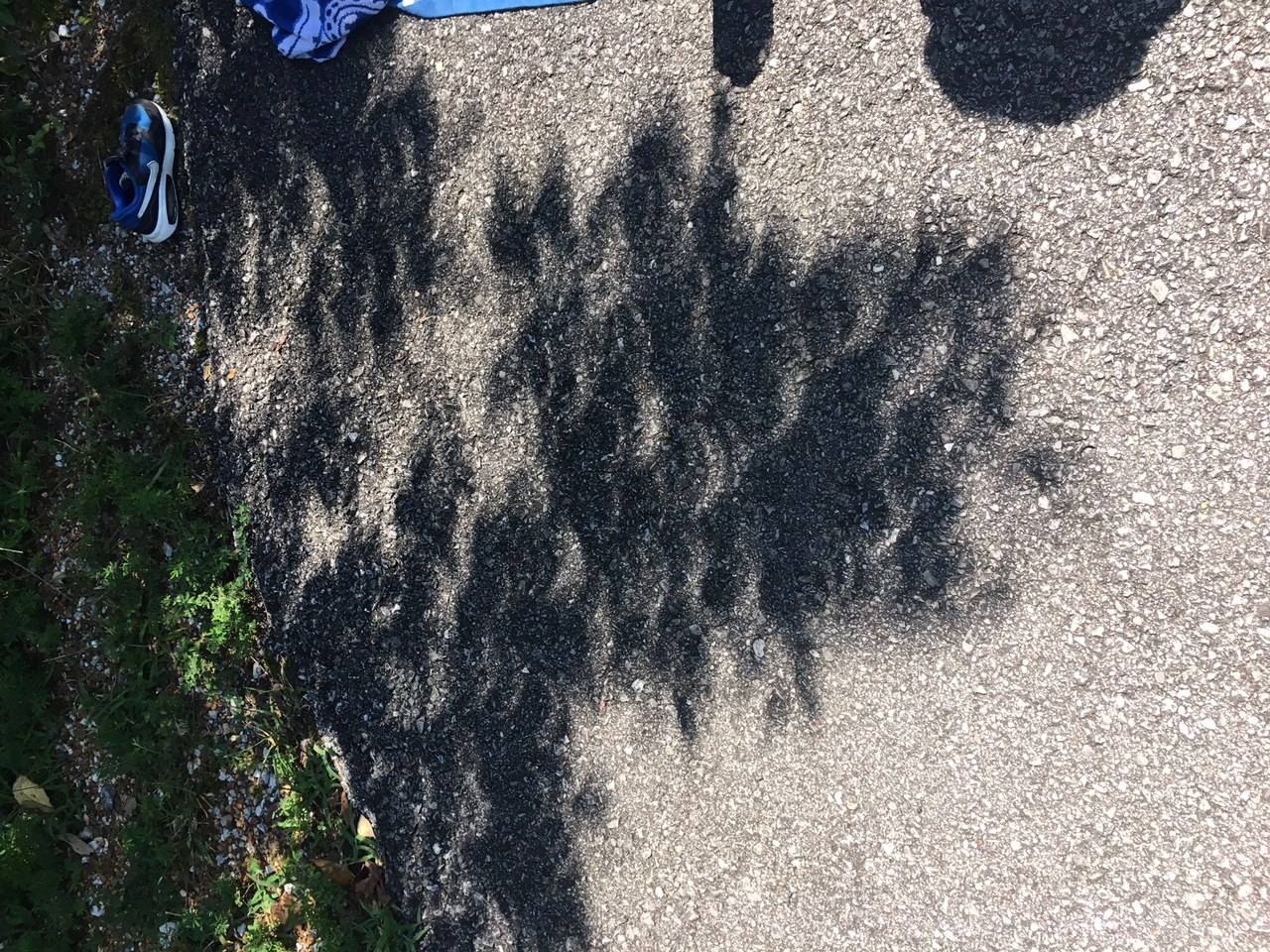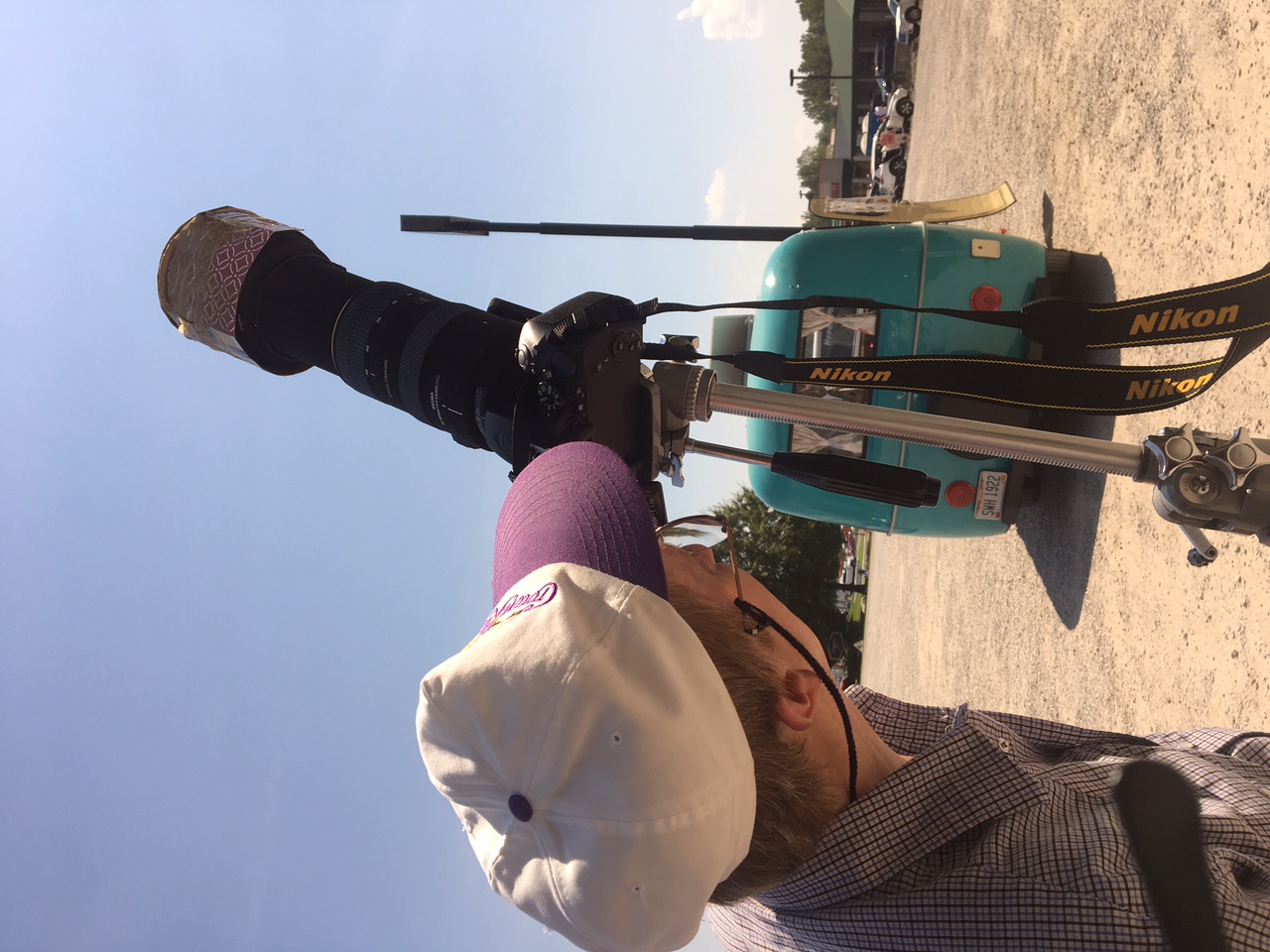Eclipse holds amazing experience, fantastic memories
September 6, 2017


Shadows are funny things. Most days we hardly even notice them, but when one happens to belong to the moon, everyone loses their minds.
Okay, maybe that’s an understatement of just how incredible a total solar eclipse really is, but it’s not a simplification. Self-proclaimed umbraphiles (umbra meaning shadow in Latin) spend hundreds of thousands of dollars in travelling expenses chasing total solar eclipses around the globe, whether it means chartering a plane to remote reaches of the arctic, or piling in a van to drive for days until they reach the path of totality.
This year the path of totality, a 70-mile-wide zone which stretched from Oregon to South Carolina, was relatively close to Little Rock, so I decided to go see the eclipse in its totality for myself. While the five and a half hour drive from Little Rock to the southern tip of Kentucky goes by in a flash, many were not so geographically privileged as I.
“We drove here for about two days from Toronto, Canada,” Norm said as his colleagues, Dave and Lance fidgeted with their viewing apparatus.
We all stood in a Day’s Inn parking lot in rural Kentucky. The sun was beating down on the crowd of onlookers who had gathered at what was little more than a truck stop to view the eclipse.
“The three of us are part of the North York Astronomical Association,” Dave said. “Ourselves and the 24 other members of our association have been planning this trip for over a year, and none of us have seen a total eclipse before, so this is really something special.”
The trio broke away from the rest of the NYAA members who went to a viewing party in Wyoming, and instead piled in a van to make their way to Carbondale, Illinois.
“We were originally headed for Carbondale, but didn’t like the look of the weather, so we drove around to a few different locations until finally stopping at the Huddle House for breakfast,” Dave said.
With full stomachs and empty skies, the trio was satisfied with their new viewing spot. Meanwhile in Tennessee, junior Sophie Francoeur waited with her family for the eclipse to begin.
“My mom decided to do the trip so that we could all see something for the first time together,” Sophie said. “We stayed in this wonderful far-removed cabin by a lake and went over to a local park before [the eclipse] started.”
During a total solar eclipse, the sudden transition to night can cause biological changes in the local wildlife, so a park is the perfect place to experience this aspect of totality.
“We hiked around before it started and had a picnic while the eclipse got closer to totality,” Sophie said. “The lighting got so weird during the eclipse… kind of like I was wearing sunglasses because it was getting darker, but the sun was still pretty bright, and there were these crescent-shaped shadows everywhere.”
Back at the roadside gathering in Kentucky where I met Norm, Dave, and Lance, anticipation was building as the moon began to obscure the bright disc of the sun. Near the amateur astronomers’ van was a sedan with Texas plates, and a man positioning a camera next to it.
“I came up from Fort Worth to see what there was to see and maybe take a few pictures,” Charlie said. “The drive was eleven hours.”
The bespectacled old man adjusted his hat as he bent to look through his camera which he had fitted with a solar viewing filter. Totality was getting closer, now just minutes away.
The crowd was buzzing as the first of Baley’s beads, protrusions of sunlight caused by massive craters and depressions in the moon’s surface, burst out from behind the black hole that now obscured the sun. A diamond ring hung in the sky.
“It was so eerie when the (very loud) cicadas went silent. The moment of the total solar eclipse was awe-inspiring” Sophie said.
The solar eclipse of August 21, 2017 reached totality at 1:20 PM. A collective gasp from the onlookers could be heard. Stars and planets appeared in the darkened sky, a brilliant sunset stretched around the horizon, and a celestial halo circled the black-as-tar disc that covered the sun. This was totality.


